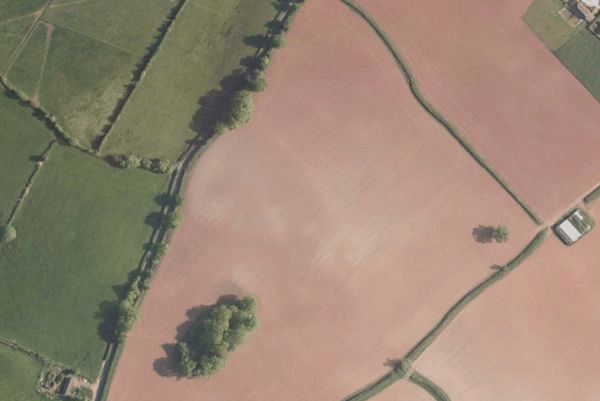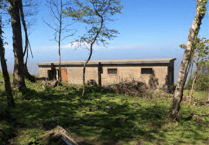CASH-strapped Somerset Council has been accused of failing to carry out its duty to protect the Quantock Hills landscape.
The Quantocks, which in 1956 became the first British landscape to be designated as an area of outstanding natural beauty (AONB), is credited with inspiring some of the great Romantic Movement poets such as Coleridge and Wordsworth.
But now a conservation charity group says protected hedgerows are being ripped out by landowners without any action being taken by the council.
Friends of the Quantocks has been so incensed by the council’s inaction that it is considering making an Ombudsman complaint of maladministration against the authority.
The group’s vice-chairman Tim Whittingham said: “We are faced with a council determined not to do its job.
“The very purpose of Friends of the Quantocks (FoQ) is to protect the landscape for the people of Somerset so we cannot let this lie and we are considering making formal complaints of maladministration.
“The preferred and obvious way ahead, however, is that the elected councillors of Somerset Council should simply instruct the council’s officers to act to deal properly with this matter.
“We have been alerting the local authority to the destruction of hedgerows on the Quantocks, a crime which it is their job to deal with.
“Frustrated by their constant excuses for inaction, we are looking for some public outcry and hope to persuade elected councillors to take up the case.”
Mr Whittingham said the issue went back to the days of the former district council when the friends noticed a length of hedge had disappeared from a maize field.
He said the friends provided documented evidence of the hedgerow destruction, including timestamped before and after satellite views, dated photographs from the roadside, Ordnance Survey Maps, a nineteenth century tithe map, and even a recent archaeologist’s Lidar survey.
The evidence showed nearly 1,200 feet of hedgerow about 10 feet wide was missing on a bank which had included many species of woody deciduous shrubs, which was there in 2020 and gone in 2021.
Mr Whittingham said council officers visited the landowner, who accepted a ‘boundary’ had been removed but claimed it was ‘only a fence with some brambles growing on it’ and produced a photograph of a fence with brambles, after which the officials declared the matter closed.
In another case, the friends used recorded satellite images to show nearly half-a-mile of hedgerow had disappeared from fields, bit by bit, over 20 years, without the required permissions and ‘for no obvious reason other than to avoid the inconvenience of turning a tractor round’.
But the council failed to act on the grounds there was no evidence of when the offence happened or who committed it, and it doubted if the hedge had met the criteria for protection.
Mr Whittingham said the council was simply denying the plain truth because the landowner, or tenant, was responsible regardless of who drove the digger and the exact date was irrelevant, while protection criteria was only for guidance when granting or denying permission to remove a hedge.
He said removal without permission remained an offence regardless of the hedge quality, precisely because once it was gone, it was gone, and any discussion of the nature of the hedge would be moot.
Mr Whittingham said: “In the meantime, heavy rains wash topsoil off the maize fields into the lanes, we read in the news of the disastrous depletion of English species and habitats, and we hear about landowners removing hedges elsewhere secure in the knowledge that Somerset Council will do nothing to prevent them.”
A Somerset Council spokesperson said: “We are aware of the concerns being raised by the Friends of Quantocks and are currently investigating a complaint about hedgerow being removed without consent.
“Our legal advice is that further evidence will be needed before a decision can be made as to next steps.
“A previous complaint was considered by Sedgemoor District Council, and, on legal advice, it was concluded that no action be taken.
“We understand the value of hedgerows as part of the Somerset landscape and will investigate complaints and take action where appropriate.
“The vast majority of hedgerow removal is considered formally through applications, and we would always seek to secure where possible either replacement planting or enhancement of other existing hedgerows to mitigate against any loss.
“Where it is proved that hedgerows have been removed without consent, again we would usually try to negotiate reinstatement rather than formal prosecution.”

.jpeg?width=209&height=140&crop=209:145,smart&quality=75)



Comments
This article has no comments yet. Be the first to leave a comment.